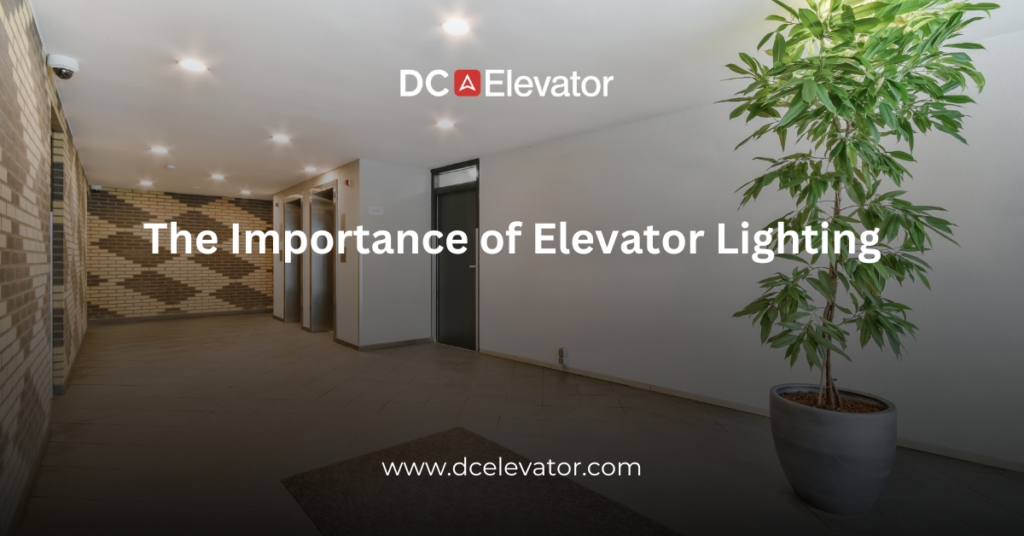Elevators are an essential part of modern buildings, providing a convenient and efficient way to move between floors. While much attention is given to the mechanics and safety features of elevators, one often overlooked aspect is elevator lighting. Proper lighting is crucial not only for aesthetic reasons but also for safety, security, and user comfort.
Enhancing Safety
Safety is the primary concern in any elevator design. Adequate lighting ensures that passengers can see clearly, reducing the risk of trips and falls. It helps individuals to safely enter and exit the elevator, particularly for those with visual impairments or mobility issues. Emergency lighting, which activates during power outages, is also vital to maintain visibility and calm in potentially stressful situations.
Improving Security
Good lighting is a key component in enhancing security within an elevator. Well-lit elevators deter criminal activities such as vandalism and theft. Security cameras, often installed in elevators, function more effectively in well-lit environments, providing clearer footage that can be crucial in identifying individuals and incidents.
Boosting Aesthetics and Comfort
Elevator lighting plays a significant role in creating a pleasant atmosphere. Modern lighting solutions can transform the look and feel of an elevator cab, making it more inviting. From warm, welcoming tones to vibrant, colorful displays, lighting can enhance the overall user experience. Additionally, well-designed lighting can make the space feel larger and more open, reducing feelings of claustrophobia.
Supporting Accessibility
Accessibility is a critical consideration in elevator design. Proper lighting ensures that everyone, including people with disabilities, can use elevators safely and comfortably. Clear, bright lighting helps those with visual impairments to navigate the space more easily. Additionally, illuminated buttons and floor indicators enhance usability for all passengers.
Energy Efficiency and Sustainability
Modern elevator lighting solutions often incorporate energy-efficient technologies, such as LED lights. These not only provide superior lighting quality but also reduce energy consumption and maintenance costs. Sustainable lighting options align with green building practices, helping to reduce the overall environmental footprint of a building.
Conclusion
Elevator lighting is a crucial element that significantly impacts safety, security, comfort, and aesthetics. By prioritizing proper lighting in elevator design and maintenance, building owners and managers can enhance the overall user experience, promote accessibility, and contribute to sustainable building practices. As we continue to innovate and improve building technologies, the importance of thoughtful and effective elevator lighting cannot be overstated.
